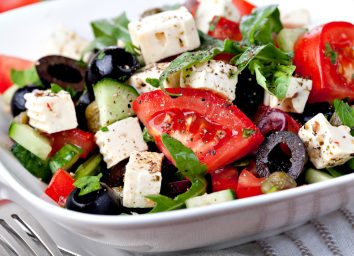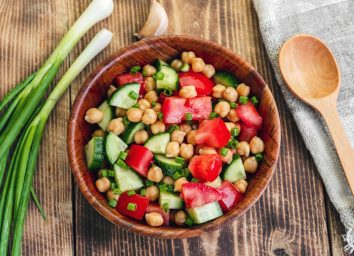The Healthiest Diets of 2020, According to Experts
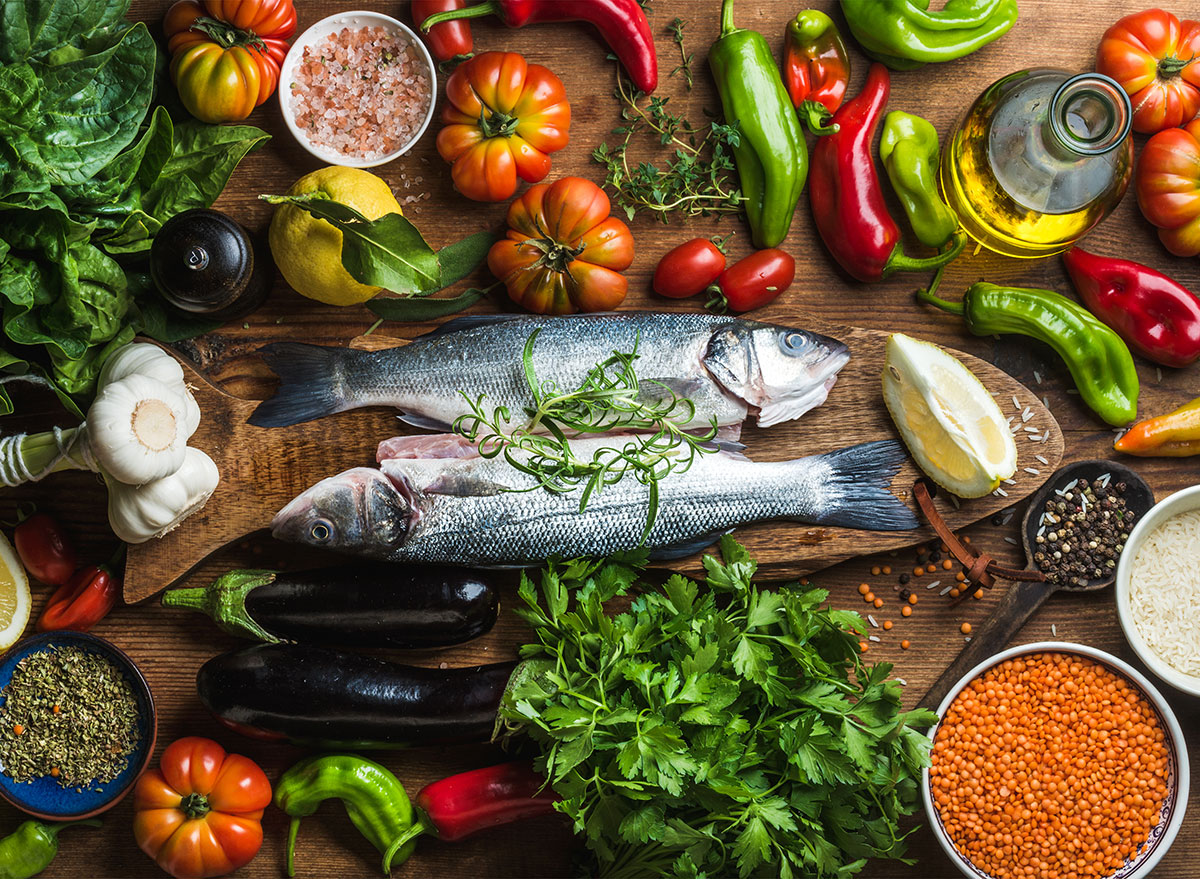
It goes without saying that there are a ton of diets out there. From the keto diet to intermittent fasting to the fruitarian diet, how is one supposed to choose which is the best for their lifestyle? Well, as with all things, when in doubt, call on the experts.
For the past decade, U.S. News & World Report has released a yearly diet ranking created largely by a panel of nationally recognized health experts. Together, they rated 35 different diets in the seven following categories:
- How easy the diet is to follow
- The ability to achieve short-term weight loss
- The ability to achieve long-term weight loss
- Nutritional completeness of the diet
- Safety of the diet
- Potential for preventing and managing diabetes
- Potential for preventing and managing heart disease
The categories weren't weighted equally. For example, long-term weight loss goals were given twice the weight of short-term weight loss goals in the ranking because the best diets should be sustainable for years so you can keep weight off. After all, a good diet should be a lifestyle, right? Here, according to the experts, are the 11 best diets for overall health that you can pick up this year. Read on, and for more on how to eat healthy, you won't want to miss these Simple Ways to Start Losing Weight Immediately, According to Science.
Mediterranean Diet
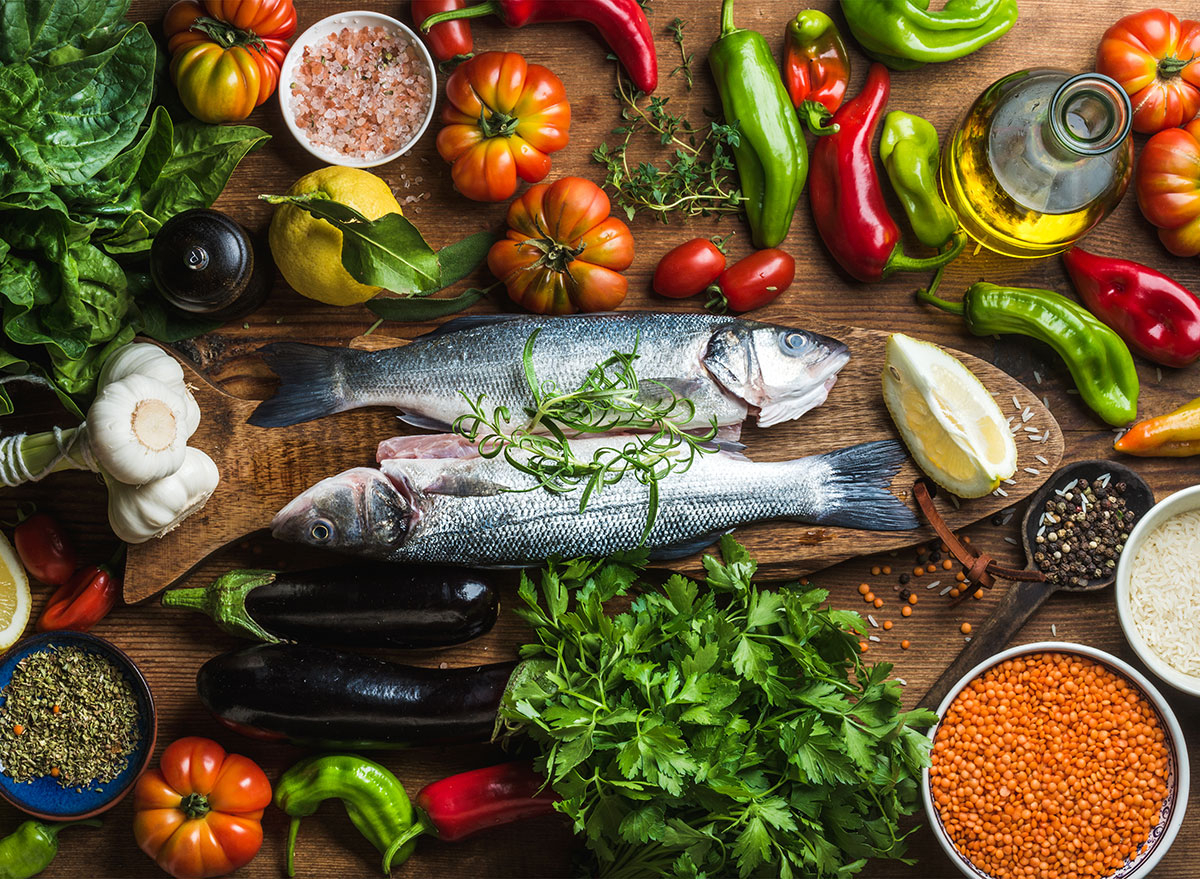
For the third year in a row, the Mediterranean diet has topped the ranks as the very best diet for overall health. Why? The diet calls for reduced consumption of red meat, added sugars, and saturated fat. Instead, this diet recommends prioritizing consumption of fruits, vegetables, nuts, and lean proteins, such as fish. As a result, it's the most effective diet with regard to staving off chronic disease while also promoting both heart and brain health and weight loss. A clear winner indeed!
Tie—DASH Diet
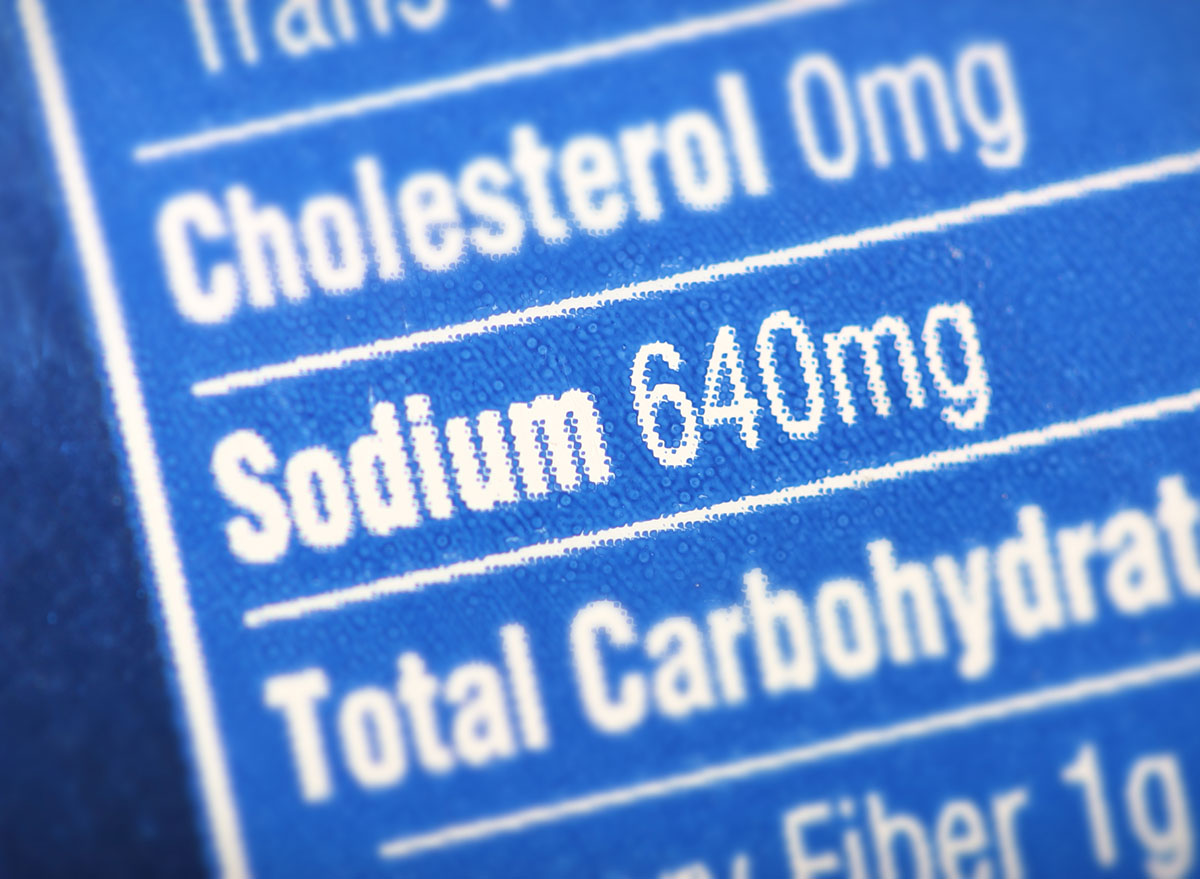
Both the DASH diet and the Flexitarian diet clock in as the second-best diets overall. DASH is an acronym for "dietary approached to stop hypertension" and is promoted by the National Heart, Lung, and Blood Institute. The diet has been around since the 1990s and was created, as its name suggests, to help folks manage high blood pressure. DASH calls for increased consumption of low sodium, high-fiber foods and discourages foods that are high in saturated fat, sodium, and added sugars. While following this diet, the goal is to cap sodium at 2,300 milligrams per day—which is the daily recommended allowance—at first and then eventually lower that number to 1,500 milligrams. If you're interested in trying it, take a look at The Ultimate Guide to Exactly What Foods You Can and Can't Eat on the DASH Diet.
Tie—The Flexitarian Diet
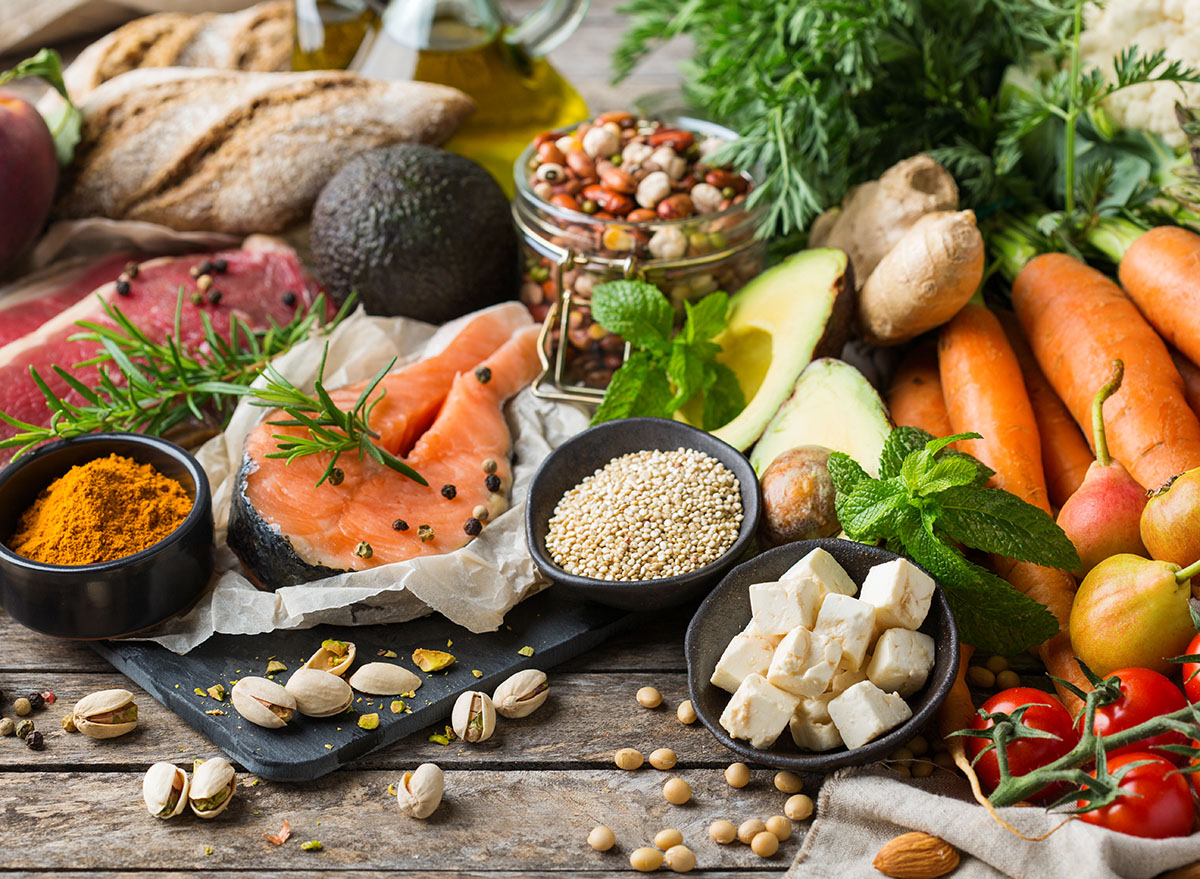
The Flexitarian diet has been incredibly popular in 2020—and for good reason: As the name suggests, it's a flexible approach to a vegetarian diet. In other words, this diet allows you to still eat meat but just to eat it occasionally. There aren't any strict rules for this diet, either, which makes it easier to follow. It does, however, encourage increased consumption of produce, which is associated with a reduced risk of heart disease, diabetes, and cancer. To see if you should try this diet, check out 9 Warning Signs You're Not Eating Enough Vegetables.
WW (Weight Watchers) Diet
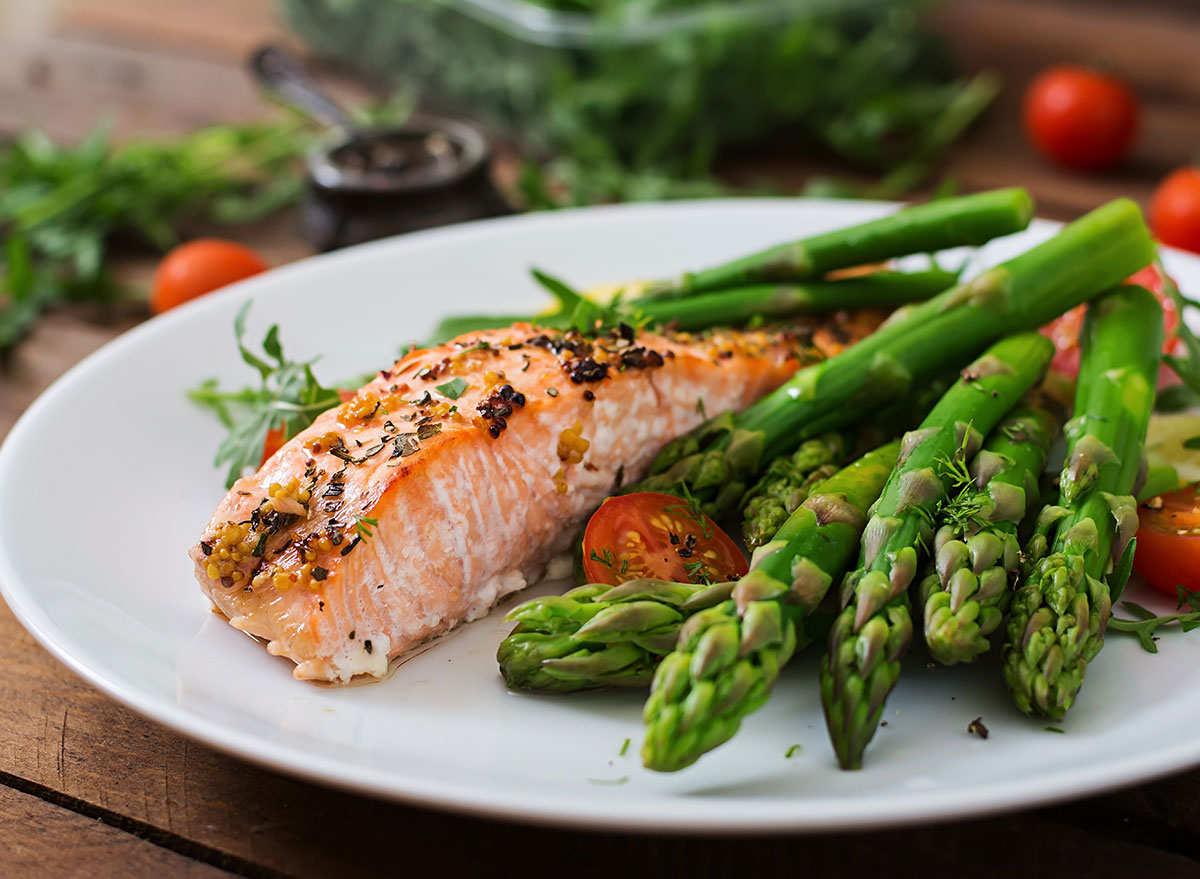
Formerly known as the Weight Watchers, the WW diet is a holistic way to shed pounds and increase cognizance about where calories come from. On the WW diet, you download the app to access the diet's very own SmartPoints system, which tracks the food you consume, your activity levels, and any changes in your weight. Each food is awarded a different number of points. For example, foods with higher sugar and saturated fat content cost more points than those with less fat and more protein. The key is to stay within your allotted amount of points each day. Then, you'll see the weight come off gradually and consistently.
Tie—Mayo Clinic Diet

Three diets tied for the fifth-best diet, the first of which is the Mayo Clinic Diet. There are two main parts to this diet: Lose It! and Live It! The first phase lasts for two weeks and is designed to kickstart weight loss—fast. We're talking about dropping six to 10 pounds in two weeks. The next phase focuses more on how to alter this diet into a sustainable lifestyle. Knowledge about food choices, portion sizes, and exercise habits is offered during this period, and weight loss becomes more steady at just one to two pounds per week.
Tie—The MIND Diet
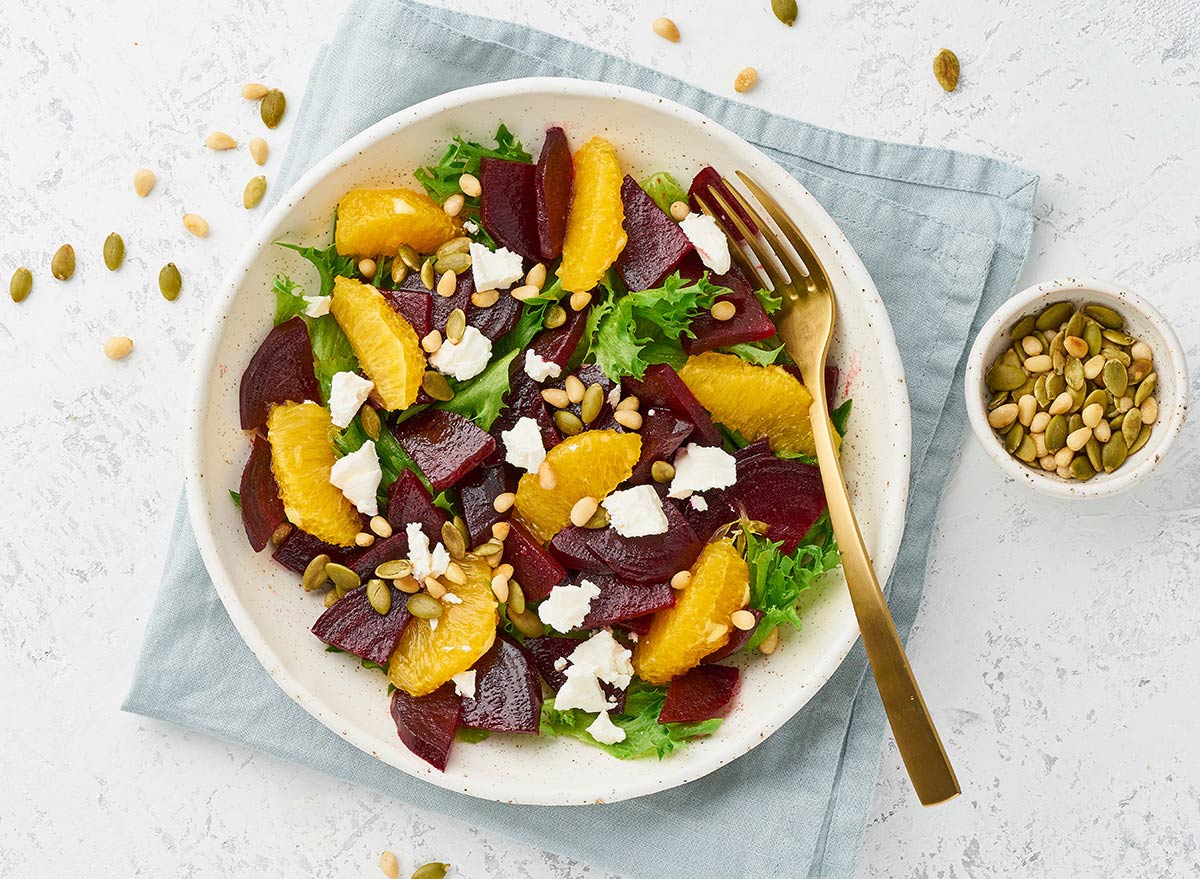
Aptly named, the MIND diet calls for eating foods that promote brain health. More specifically, it marries the Mediterranean and DASH diets (there's where the name MIND comes from) and encourages the consumption of anti-inflammatory food such as leafy greens, nuts, and berries. All these foods, and others, may decrease the person's chances of developing Alzheimer's disease.
Tie—Volumetrics Diet
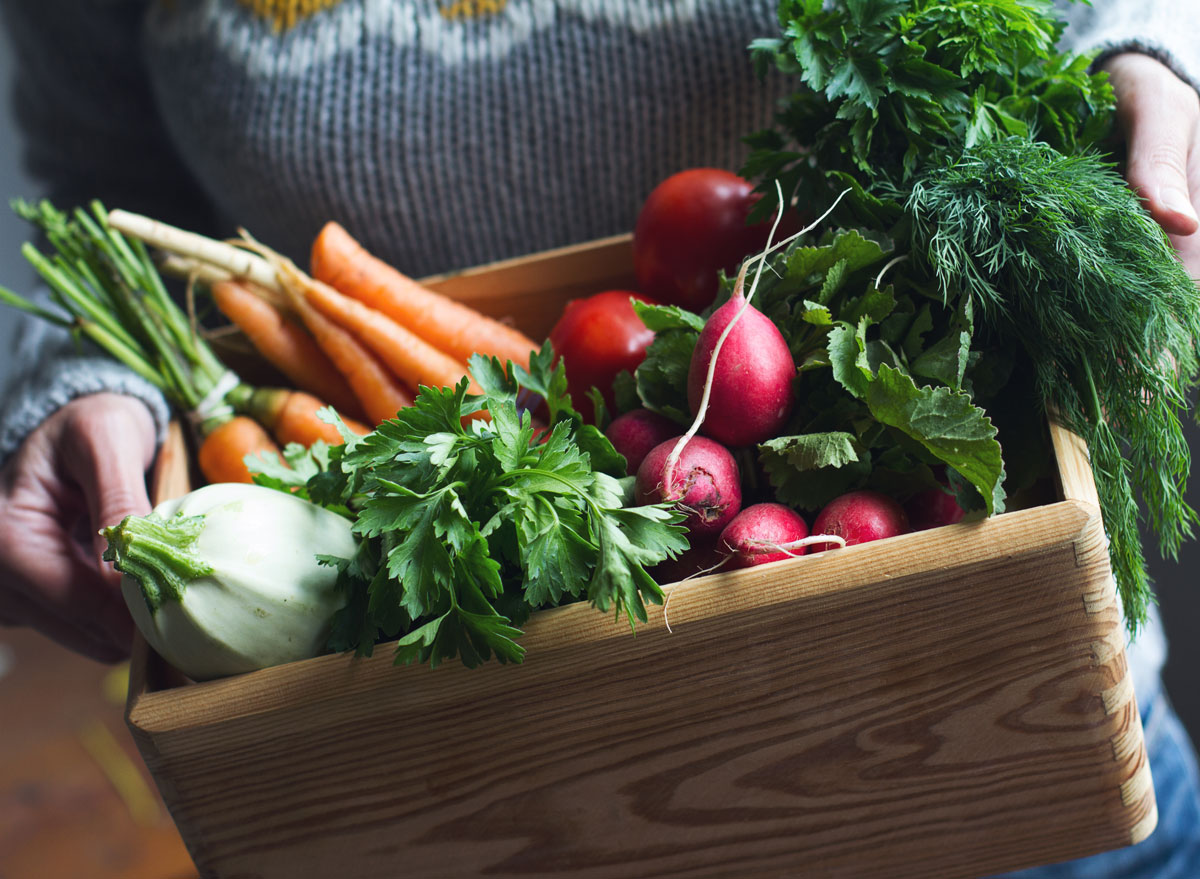
This diet stems from the book The Ultimate Volumetrics Diet, meant to teach readers about energy density and also to learn how to combat hunger. In the Volumetrics diet, food is divided into four categories. Category one is made up of very low-density foods including non-starchy fruits and vegetables, non-fat milk, and broth-based soup. Category two is made of low-density foods such as starchy fruits, veggies, grains, legumes, and low-fat dishes. Category three consists of medium-density foods such as meat, cheese, pizza, French fries, salad dressing, and even ice cream. Category four is made of high-density foods such as chips, butter, nuts, cookies, and oil. The idea is to learn how to swap out foods for healthier options based on their density.
TLC Diet
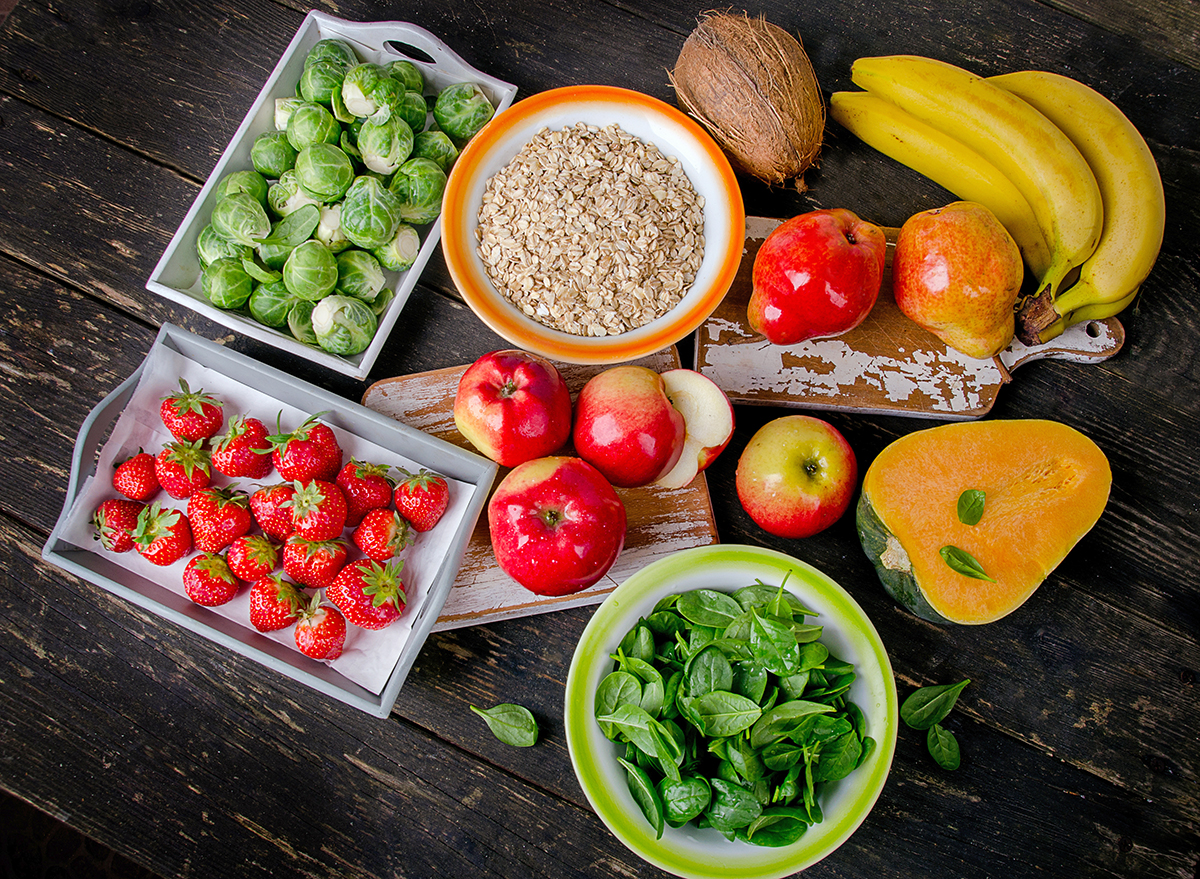
We know what you're thinking, and, no, this diet does not stand for tender, love, and care. Instead, TLC stands for "Therapeutic Lifestyle Changes." Created by the National Institute of Health's National Cholesterol Education Program, this diet is geared toward helping people lower their cholesterol levels. The idea here is to eat high-fiber foods such as fruits, vegetables, whole-grain cereals and pasta, and lean meat.
Tie—Nordic Diet
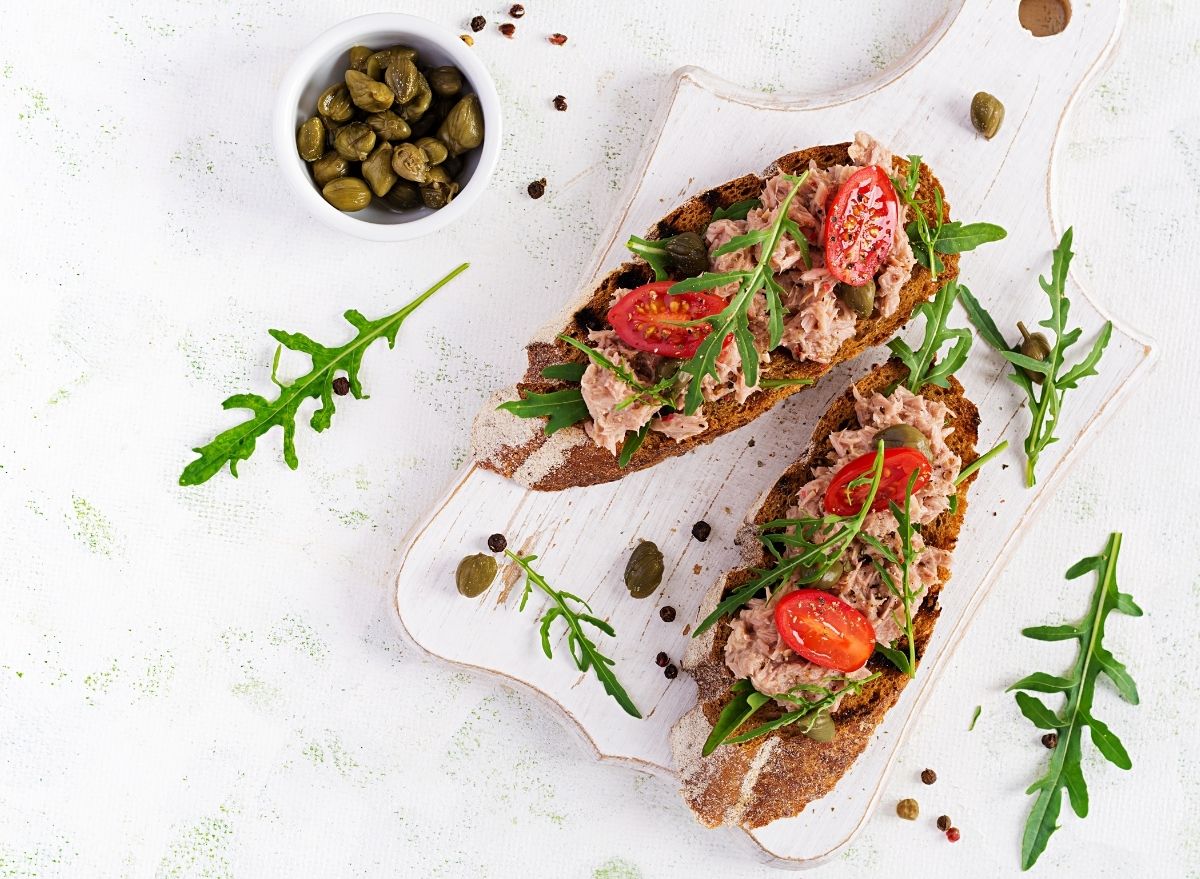
The Nordic diet is inspired by Scandinavian culture and tradition. There are 10 specific concepts that make up the steps of this diet: (1) Eat more fruits and vegetables every day. (2) Eat more whole grains. (3) Include more foods from the seas and lakes. (4) Choose high-quality meat—but eat less meat overall. (5) Seek out more food from wild landscapes. (6) Use organic produce whenever possible. (7) Avoid food additives. (8) Base more meals on seasonal produce. (9) Consume more home-cooked food. (10) Produce less waste.
Tie—Ornish Diet
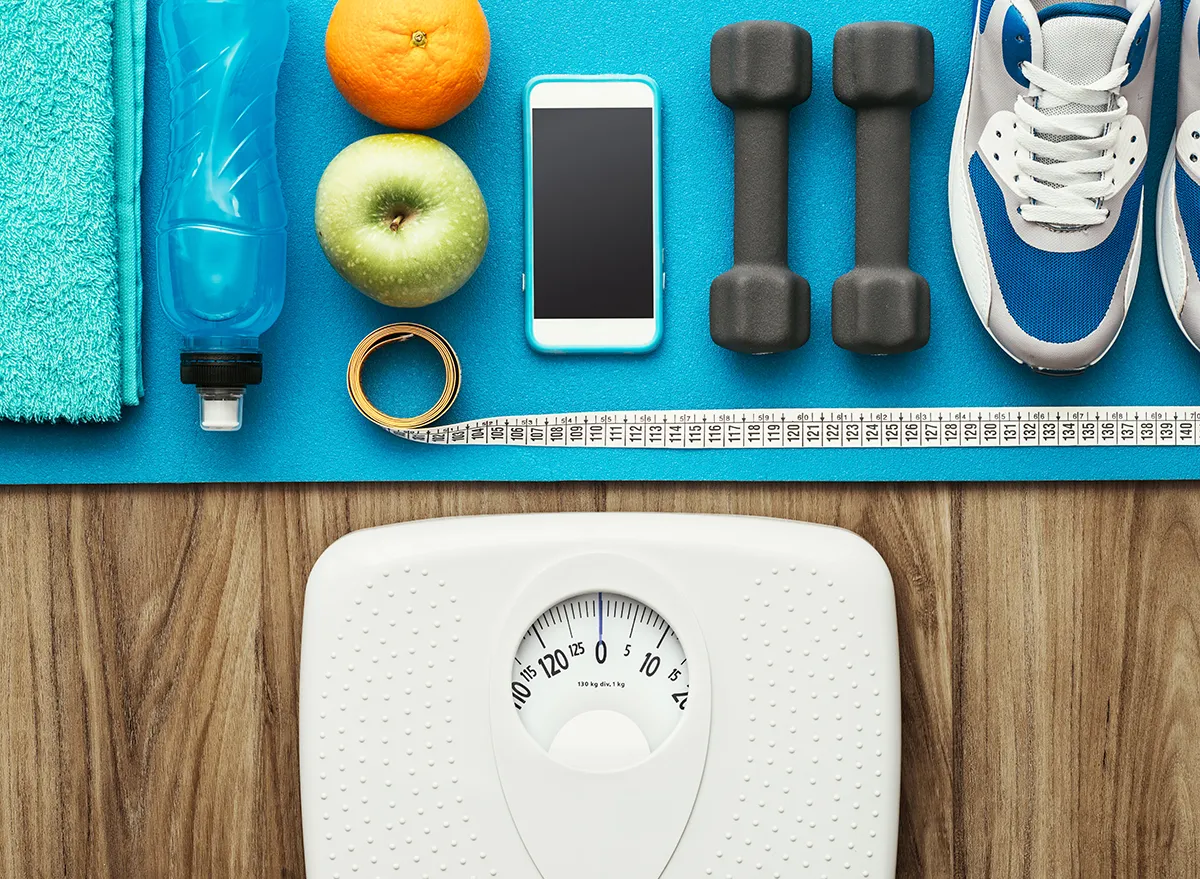
Also tied for the ninth-best overall diet is the Ornish diet, which is the brainchild of Dr. Dean Ornish. The key to this diet discourages eating foods that have a lot of fat, refined carbohydrates, excessive caffeine, and animal protein. In addition, the diet calls for a balance of aerobic, anaerobic, and flexibility exercises. Stress management through yoga and meditation and exercise, in general, are both pivotal parts of what makes this diet effective.
Tie—Vegetarian Diet

Last, but certainly not least, is the vegetarian diet, which as you probably already know, includes some variation. For example, the most popular version is the lacto-ovo route, which allows for the consumption of dairy products and eggs. For more ways to lose weight, don't miss these 15 Underrated Weight Loss Tips That Actually Work.

